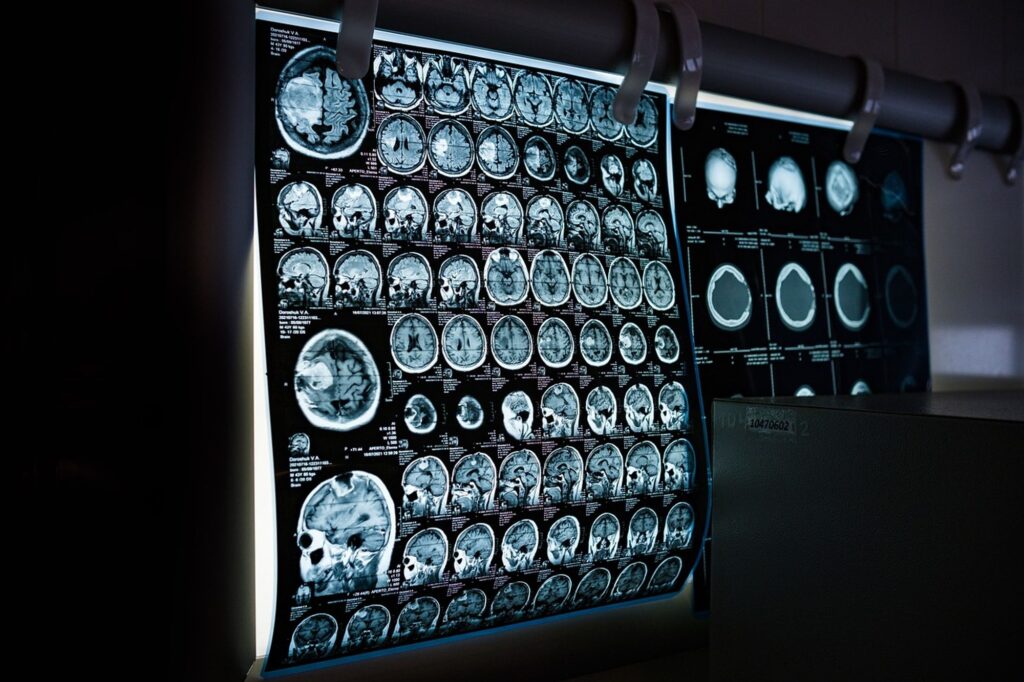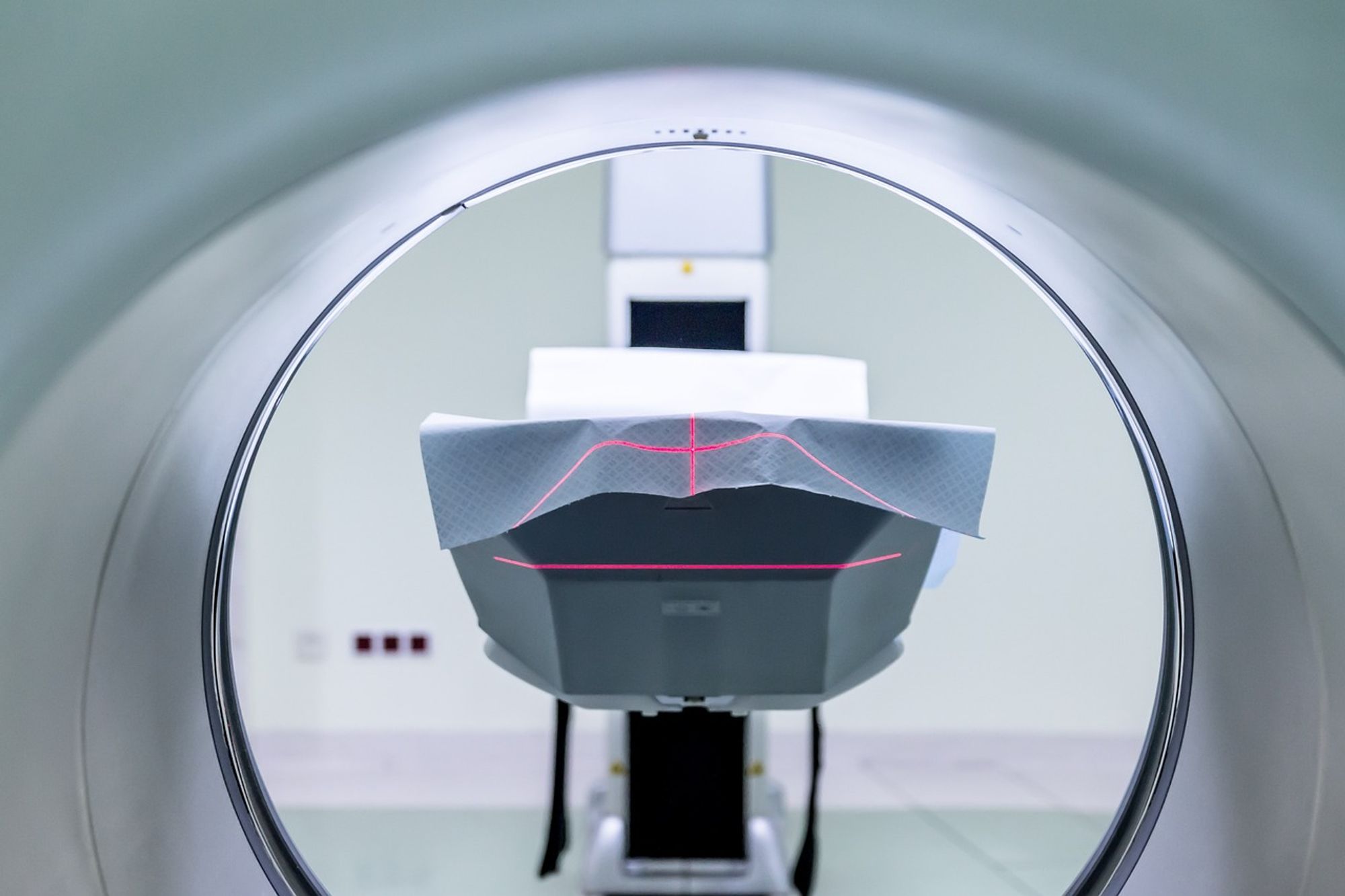Terahertz Technologies: The Next Frontier in Medical Imaging (newer tech in cancer screening)
What if a simple, non-invasive scan could save countless lives by catching cancer in its earliest stages? The answer may lie in the remarkable capabilities of terahertz imaging – a revolutionary technology that could transform the way we detect and diagnose diseases.
Early Detection Is Directly Correlated to Better Outcomes
Detecting cancer early enhances treatment outcomes and boosts survival rates significantly, aiding in the battle against the disease. However, current imaging techniques often struggle to identify tumors in their initial stages when they are small and asymptomatic. This is where terahertz imaging could make a game-changing difference.
Non-Ionizing Radiation Is Safer
Terahertz (THz) imaging is an emerging technique that utilizes electromagnetic waves in the terahertz region of the spectrum, typically ranging from 0.1 to 10 THz, which lies between microwaves and infrared light. Unlike traditional X-rays, which use ionizing radiation, THz waves are non-ionizing.
Traditional X-rays have enough energy to strip electrons from atoms and molecules, damaging cells and DNA in living tissue, potentially leading to harmful effects like radiation sickness or an increased risk of cancer. Non-ionizing radiation, like terahertz, doesn’t have enough energy to ionize atoms or molecules, making them safer for frequent or prolonged exposure.

A Powerful Diagnostic Tool
“Terahertz imaging has the potential to become a powerful tool for medical diagnostics due to its ability to differentiate between healthy and diseased tissues based on their different water content and structural properties.”(1)
The true power of THz imaging lies in its ability to detect subtle differences in the water content and molecular composition of tissues. Cancer cells often have a higher water concentration than healthy cells, and THz waves can pick up on these minute variations, allowing for early detection and precise delineation of tumor margins.
Terahertz Imaging Is Non-Invasive
Moreover, THz imaging is non-invasive and does not require contrast agents or ionizing radiation, making it a more comfortable and safer option for patients, especially those who require frequent monitoring or are at higher risk from radiation exposure, such as pregnant women and children.
A Unique Glimpse Into the Molecular
While X-rays provide a structural view of the body, THz imaging offers a unique glimpse into the molecular world, revealing valuable information about tissue hydration, density, and chemical composition. This approach can enhance diagnostic accuracy and aid in treatment planning, particularly for cancers that are difficult to detect in their early stages using conventional imaging methods.
“The non-ionizing nature of terahertz radiation makes it a safer alternative to X-rays for medical imaging applications, particularly for frequent screening or monitoring of patients.”(2)

This safety aspect is particularly crucial in the context of cancer detection, where early and regular screening can significantly improve treatment outcomes. THz imaging has shown remarkable promise in this area, with several studies demonstrating its ability to differentiate between benign and malignant tumors based on their unique spectral signatures.
In the case of breast cancer, for instance, “Terahertz imaging has shown promising results in the detection and characterization of breast cancer, with the ability to differentiate between benign and malignant tumors based on their unique spectral signatures.”(3) This capability could revolutionize breast cancer screening, providing a more accurate and safer alternative to traditional mammography.

Allows for Accurate Delineation of Tumor Margins
The high spatial resolution of THz imaging is a game-changer in surgical planning and treatment. “The high spatial resolution of terahertz imaging, reaching tens of micrometers, allows for accurate delineation of tumor margins, which is crucial for surgical planning and treatment.”(4) This level of precision could enable more targeted and effective interventions, potentially improving patient outcomes and reducing the risk of recurrence.
With its unique ability to unveil the invisible and provide valuable insights into tissue properties, terahertz imaging could become a powerful diagnostic tool, offering a safer, more accurate, and more comprehensive approach to cancer detection and treatment planning.
Shows Promise in Early Diagnosis of Alzheimer’s Disease
As researchers continue to refine and advance THz imaging technology, its potential applications extend beyond cancer detection. This innovative technique shows promise in various medical fields, including wound healing monitoring, dental caries detection, and even the early diagnosis of conditions like Alzheimer’s disease, where changes in brain tissue hydration levels could serve as an early warning sign.
Challenges and Future Directions
While the potential of terahertz imaging is undeniable, several challenges must be addressed to facilitate its widespread adoption in clinical settings. One significant hurdle is the strong absorption of THz waves by water molecules, which limits the penetration depth and imaging resolution, particularly for deeper tissues and organs.

Researchers are actively exploring strategies to overcome this limitation, such as combining THz imaging with machine learning algorithms to enhance image processing and analysis. Additionally, they are developing more powerful detectors using advanced materials like graphene and metamaterials, which could improve sensitivity and resolution.
Efforts are also underway to miniaturize THz imaging systems and reduce their cost, making them more accessible and practical for clinical use. Compact, handheld devices could enable rapid screening and on-site diagnosis, revolutionizing healthcare delivery.
The future of medical imaging lies in unveiling the invisible, and THz technology is leading the way. Continued research and investment in this promising field hold the potential to transform healthcare for generations to come.

Enhance Your Outreach with DKMD Consulting: Pioneering Medical Communications
At DKMD Consulting, we understand the importance of effectively communicating groundbreaking medical research, such as the recent breakthroughs in terahertz imaging. Our expertise lies in translating complex scientific findings into clear, compelling narratives that resonate with healthcare professionals and patients alike.
With the quickened pace of medical innovation, it is important to have a consulting partner who can interpret the intricacies of scientific research and distill it into accessible, engaging content. DKMD Consulting excels at bridging the gap between cutting-edge discoveries and their practical applications, ensuring your target audience is well-informed and inspired to take action.
Collaborate with DKMD Consulting for:
- Specialized Medical Content Creation: Leverage our deep understanding of medical science to create content that is not only accurate but also captivating, positioning your organization as a trusted authority in the field.
- Strategic Communication Planning: Work with our team to develop a comprehensive communication strategy that effectively showcases the potential of innovative medical technologies, such as low-frequency ultrasound, to your target audience.
- Impactful Educational Resources: Engage your audience with visually appealing, easy-to-understand educational materials that simplify complex medical concepts and promote informed decision-making.
Partner with DKMD Consulting to ensure your medical copy efforts keep pace with healthcare’s rapid advancements.
Contact us today to explore how we can help you communicate the transformative potential of cutting-edge medical research, amplifying your reach and driving meaningful impact in the lives of patients and healthcare professionals alike.
References
Woodward RM, Wallace VP, Pye RJ, Cole BE, Arnone DD, Linfield EH, Pepper M. Terahertz pulse imaging of ex vivo basal cell carcinoma. J Invest Dermatol. 2003;120(1):72-78. doi:10.1046/j.1523-1747.2003.12013.x
Fitzgerald AJ, Berry E, Zinov’ev NN, et al. Catalogue of human tissue optical properties at terahertz frequencies. J Biol Phys. 2003;29(2-3):123-128. doi:10.1023/A:1024439227859
Bowman T, El-Shenawee M, Campbell LK. Terahertz imaging of excised breast tumor tissue on paraffin sections. IEEE Trans Antennas Propag. 2015;63(5):2088-2097. doi:10.1109/TAP.2015.2406884
Wahaia F, Kasalynas I, Venckevicius R, et al. Terahertz imaging for biomedical applications. Proc SPIE. 2015;9485:94850D. doi:10.1117/12.2176667





